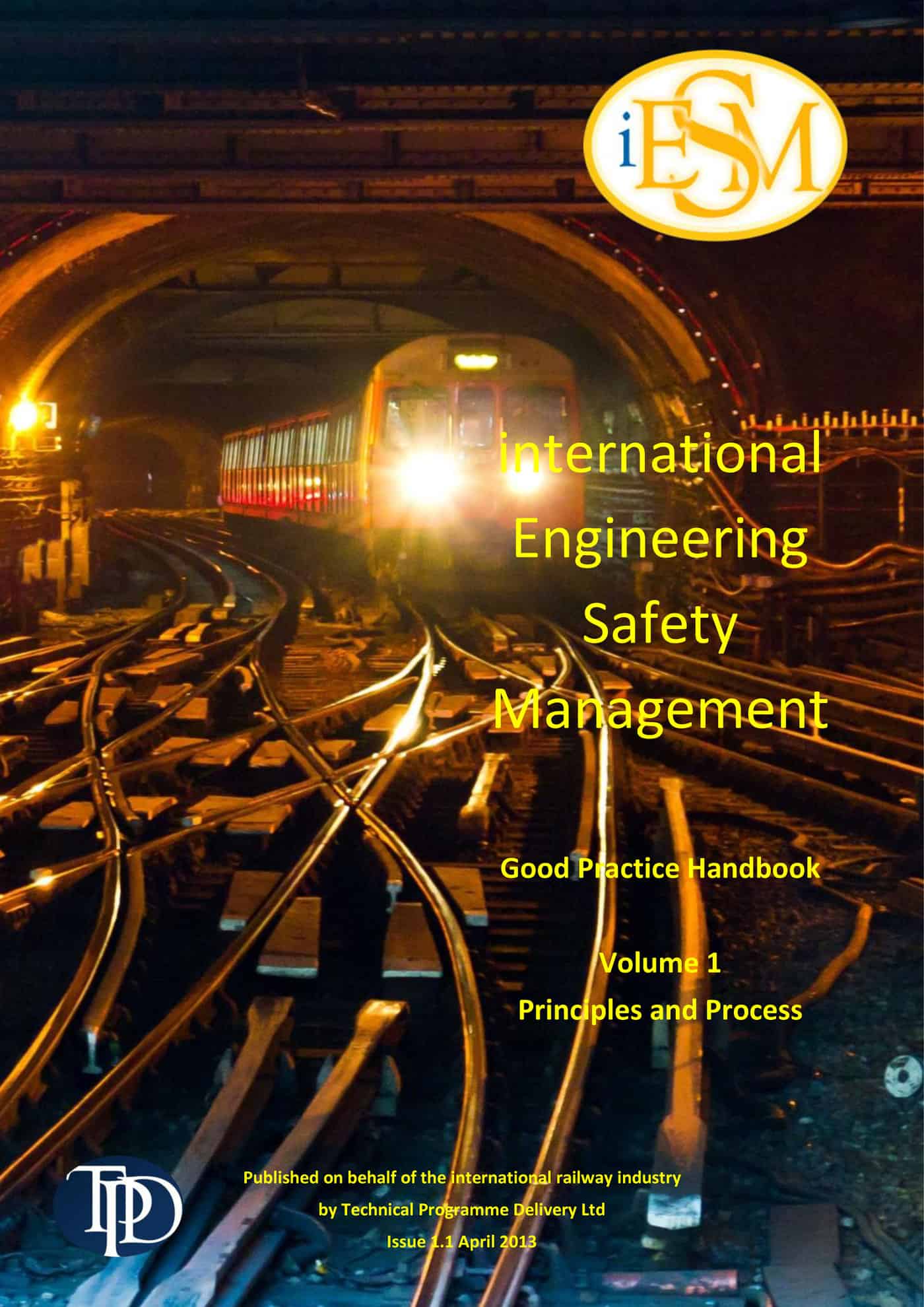 Rail-related suicides are tragedies that ripple throughout society affecting families of the suicides as well as the train drivers, their families and their colleagues. Various strategies are being trialled but often the results of interventions are hard to quantify. At the annual conference of the
Rail-related suicides are tragedies that ripple throughout society affecting families of the suicides as well as the train drivers, their families and their colleagues. Various strategies are being trialled but often the results of interventions are hard to quantify. At the annual conference of the
Category: railroad
Safety footwear needs more safety research
Safety footwear is a standard item of personal protective equipment (PPE) in many workplaces but it can be contentious.
The need for safety footwear
Some years ago I was asked to assess the need for safety footwear in a large manufacturing site. The need was obvious, there was a lot of manual handling of cumbersome objects and the factory was old so the design and layout was based on the lifting and moving of objects rather than a flow of production.
The company wanted this need verified as one of the office staff, clearly of some influence, would enter the factory in high heels and refused to wear safety footwear. This was a clear breach of the company’s safety policies and was causing unrest in the factory. The safety solution was clear
Scissor Lifts and safety

Workers in scissor lifts often step on railings or overreach placing themselves at risk of falling. These actions are contrary to the use of plant as usually recommended by manufacturers and to the usual requirements in an occupational health and safety (OHS) management plan for working in the rail environment.
The actions in these photographs occurred on a Melbourne railway station and in an industry that this author has worked in for the last six years. Photographs never show the entire facts of a situation and there are many assumptions and what-if scenarios about which these photos could, and should, start discussions. The following discussion of occupational health and safety management issues focuses on the facts presented by the photos*.
Safety learnings from construction

I have recently finished some years of full-time work as a safety adviser on a range of construction projects in Australia and below is a list of some of what I have learnt (in no particular order).
Ask questions
People may initially think you are an idiot but, if you are genuinely interested, they will explain what they are doing (usually with some pride in their tone) and offer suggestions of how to do it better or safer.
Follow through
If you have said that you will look into an issue or provide additional information, do it. If you do not, your credibility with the worker you were talking with and, likely, their supervisor and workmates, is gone.
Safety Culture can distract from safety management
Mohammad Rabbi has recently written that
“…safety culture is something that must permeate an entire organization. Its application largely depends on the investment, training, employee attitude, environment, location, laws, customs and practices in the industry. So how can organizations go about developing a safety culture?”
He is right that any safety culture has a wide range of business and social contexts but the quote, and the article, Workplace Safety Culture 101, seems to miss a couple of contextual realities. Many of these issues quoted appear to be basic elements of business and safety management and not dependent on safety culture programs.
Coronial findings into level crossing fatalities released
Today the Victorian Coroner has released the findings into the 2007 Kerang rail disaster and other level crossing fatalities. SafetyAtWorkBlog has written about issues related to level crossings those articles may help when reading the many media articles that the inquest findings will generate.
Already family members of the Kerang victims have expressed their dissatisfaction with the findings. Continue reading “Coronial findings into level crossing fatalities released”
Engineering handbook progresses OHS management
 Many safety professionals in Australia have become so familiar with the work of James Reason that they are looking for the next big thing. There isn’t one but there are small things that build on Reason’s work and, importantly, that of other safety theorists (the non-cheese sector) to progress safety management
Many safety professionals in Australia have become so familiar with the work of James Reason that they are looking for the next big thing. There isn’t one but there are small things that build on Reason’s work and, importantly, that of other safety theorists (the non-cheese sector) to progress safety management
Recently a colleague drew my attention to a 2013 handbook on Engineering Safety Management. It focuses on rail engineering but has a broader safety relevance. Both volumes of the handbook are freely available HERE.
The text may seem a little stilted and some may be turned off by the engineering focus but there is much to like and the engineering focus will seem fresh to the OHS professionals. There is an acknowledgement of the overlap in approaches between rail safety and OHS, an overlap that is increasing in Australia. Continue reading “Engineering handbook progresses OHS management”

